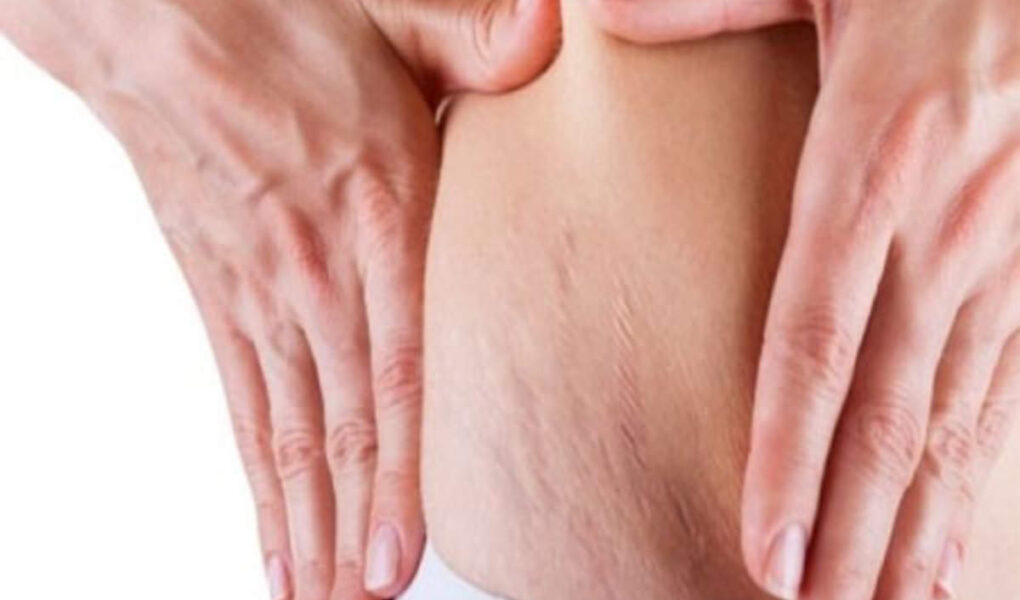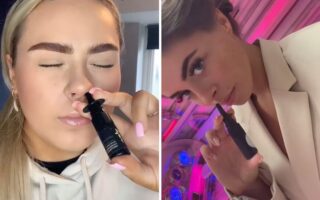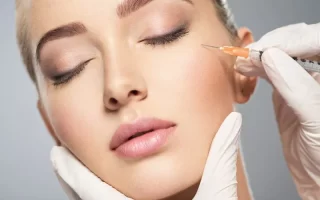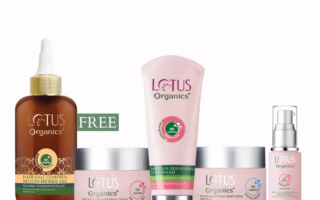Shea butter is a natural, nourishing substance that has been used for centuries to moisturize and protect the skin.
Shea butter has been used for centuries in West Africa for its medicinal, cosmetic, and culinary properties. Extracted from shea tree nuts. The use of shea butter can be traced back to ancient Egyptian, where it was used for its moisturizing and healing properties. It was also used by traditional healers in West Africa to treat a variety of skin conditions, including burns, cuts, and insect bites.
A popular cosmetic ingredient among African women, who used it to protect their skin from the harsh sun and wind. It was believed to improve skin elasticity and prevent the formation of wrinkles.
Stretch marks are a common skin condition that occurs when the skin stretches rapidly due to weight gain, growth spurts, or pregnancy. Characterized by thin, reddish, or purple lines that eventually fade to a silvery-white color. Stretch marks are not harmful, but can cause embarrassment and impact a person’s self-esteem.
Fortunately, shea butter can help reduce the appearance by improving skin elasticity and hydration. It contains high levels of fatty acids and vitamins, such as vitamins A and E, both are essential for healthy-looking skin.
When applied regularly to the affected areas, shea butter can improve skin elasticity and promote collagen production. This can combat the appearance of stretch marks. It also helps to keep the skin moisturized, which can help prevent the formation of new stretch marks.
To use shea butter for stretch marks, start by putting a small amount of shea butter between your hands to melt it. Then, gently massage it into the affected areas in a circular motion, making sure to cover the entire area. Repeat this process twice a day for the results.
It’s important to note that shea butter may not completely eliminate stretch marks, but it can help reduce their appearance and prevent new ones from forming. Additionally, using shea butter regularly can help improve overall skin health, making it softer, smoother, and more hydrated.
A study published in the Journal of Oleo Science revealed that shea butter can improve skin elasticity and hydration, which are important factors in reducing the appearance of stretch marks.
Another study published in the Journal of Ethnopharmacology found that shea butter can help stimulate collagen production, which can further improve skin elasticity and reduce the appearance of stretch marks.
If you decide that you want stretch marks less apparent and decide to buy shea butter, here’s my tips before opening your wallet.
-
Look for 100% pure, unrefined shea butter that has not been mixed or diluted with other ingredients. Avoid products that contain synthetic fragrances, preservatives, or other additives.
-
Shea butter that’s is certified organic or fair trade and produced using sustainable and socially responsible practices, which can help to support local communities and protect the environment.
-
High-quality shea butter should be a creamy, off-white color with a smooth, buttery texture. If the butter is grainy or discolored, it may be old or of poor quality.
-
Shea butter that is sourced from West Africa, where the shea tree is native, is generally considered to be of higher quality than shea butter sourced from other regions.
-
Look for reviews from other customers to get an idea of the quality and effectiveness of the product before you buy it.
In conclusion, shea butter is a natural and effective way to help reduce the appearance of stretch marks. By improving skin elasticity and hydration, it can help promote collagen production and prevent the formation of new stretch marks. So, if you’re looking for a natural way to improve your skin’s appearance, try shea butter and see the results for yourself.




